 Abraham Lincoln
If given the truth, the people can be depended upon to meet any national crisis...
Abraham Lincoln
If given the truth, the people can be depended upon to meet any national crisis...
 Guildford news...
for Guildford people, brought to you by Guildford reporters - Guildford's own news service
Guildford news...
for Guildford people, brought to you by Guildford reporters - Guildford's own news service
Birdwatcher’s Diary No.56
Published on: 4 Mar, 2014
Updated on: 4 Mar, 2014
By Malcolm Fincham
The first signs of spring is in the air or will there be a sting in her tail?
At present the forecast is looking promising with warm weather heading our way by the end of this coming week. In an attempt to put a positive spin on the incessantly wet winter we have had to suffer, it has been a very mild one compared to last year. It’s also been the first time for a good few I can recall that, as yet, my pond hasn’t frozen over at all.
And with the weather being so mild, by the third week of February blackthorn was starting to come out into flower – more than three weeks earlier than I reported last year.
Most of our resident birds are now starting to sing too. Most noticeably have been both blue and great tit as well as wren, goldfinch and dunnock in my neighbourhood.
And several walks on sunlit days beside the river from Stoke Lock to Bowers Lock added greatly to the list of birds now actively singing.
Flocks of meadow pipits, redwings and fieldfares around the south side of Stoke Lake were enough proof that optimistic thoughts of spring’s arrival was a little premature, even though the sight of some of black-headed gulls now regaining their dark coloured heads was indeed a promising sign as I looked across the river in the direction of Burpham Court Farm.
With sunset now reaching beyond 5.30pm, I was able to get beyond Bowers Lock with a good hour’s light still remaining.
On a very breezy but dry Sunday February 23 I decided to visit Thursley Common for my first time this year in the hope of once again catching a glimpse of the the great grey shrike. A bird that often over-winters there before its return to its more Eastern European breeding grounds.
I had got some rather pleasing pictures on my last visit when I reported on its arrival back in early November last year http://www.guildford-dragon.co
I was certainly not disappointed on this latest visit and probably getting what I think are my best pictures yet of it, both perched as well as in flight.
On the final few days of the month I took my wife on a pre-arranged mission to the West Country for a few days – Cornwall to be precise. This was, of course, not without the addition of my binoculars and camera.
Although staying with relatives on the moors of Bodmin, I was able to get the chance to do a few hours sea watching at Hannafore Point near to Looe Harbour and was quite delighted to see and even get a few pictures of wintering birds. I normally only see these when visiting their breeding grounds on my summer trips to the Highlands of Scotland.
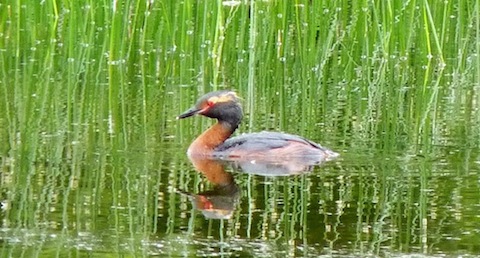
A picture of a slavonian grebe I took in its summer plumage in a calm and secluded loch in Scotland.
The Slavonian grebe was the most interesting sighting, looking totally different in winter plumage. As shown from the picture I took it was quite a surprise to see such a small bird coping in such fierce tidal waves, compared with the ones I’ve seen on tranquil lochens in their full golden breeding colours in Scotland.
Other ducks from northerly points of Britain that could also be viewed were eiders and goldeneye, along with a great northern diver also known as the common loon. A bird of which I have yet to see in its glorious summer plumage as it breeds in areas of Greenland, Iceland and Northern Canada.
Also while scanning out to sea I was able to pick out and photo a shag, a smaller, with a noticeably crested head (in adults) than its close relation the cormorant. The latter seen these days at Stoke Reserve.
And as the high tide started to recede, a flock of oystercatchers arrived back to feed in the rock pools.
Back on the Moors of Bodmin I was pleased to pick out and get a record shot of a raven as it flew over. These birds have a special fascination to me as they are considered to be the most intelligent of all birds.
Under tests they are capable of working out some of the most complex of puzzles to obtain food and even agile enough to even outwit birds of a peregrine falcon. Watch this slow-motion clip I found on You Tube. http://www.youtube.com/watch?v
I was also fortunate to catch some early springtime activity of two male yellow hammers as they sang in full tune their ‘little bit of bread and no cheese’ songs, while jostling for territories in their annual rituals, giving me great optimism for the month ahead.
Responses to Birdwatcher’s Diary No.56
Leave a Comment Cancel replyPlease see our comments policy. All comments are moderated and may take time to appear.
Recent Articles
- Guildford Institute’s Crowdfunding Project for Accessible Toilet in its New Community and Wellbeing Centre
- Letter: Guildford – Another Opportunity Missed?
- Letter: GBC’s Corporate Strategy – Where Is the Ambition?
- My Memories of John Mayall at a Ground-breaking Gig in Guildford Nearly Six Decades Ago
- Westborough HMO Plans ‘Losing the Heart of the Street’ Says Resident
- College Invests to Boost Surrey’s Economy and Close Digital Skills Gap
- Community Lottery Brings Big Wins for Local Charities
- GBC Housing Plan Promises ‘A Vibrant Urban Neighbourhood’ Near Town Centre
- Hospital Pillows ‘Shortage’ at the Royal Surrey
- Updated: Caravans Set Up Camp at Ash Manor School


Recent Comments
- Ian Macpherson on Updated: Main Guildford to Godalming Road Closed Until August 1
- Sara Tokunaga on GBC Housing Plan Promises ‘A Vibrant Urban Neighbourhood’ Near Town Centre
- Michael Courtnage on Daily Mail Online Reports Guildford Has Highest-paid Council Officer
- Alan Judge on GBC Housing Plan Promises ‘A Vibrant Urban Neighbourhood’ Near Town Centre
- John Perkins on GBC Housing Plan Promises ‘A Vibrant Urban Neighbourhood’ Near Town Centre
- S Collins on GBC Housing Plan Promises ‘A Vibrant Urban Neighbourhood’ Near Town Centre
Search in Site
Media Gallery
Dragon Interview: Local Artist Leaves Her Mark At One of England’s Most Historic Buildings
January 21, 2023 / No Comment / Read MoreDragon Interview: Lib Dem Planning Chair: ‘Current Policy Doesn’t Work for Local People’
January 19, 2023 / No Comment / Read MoreA3 Tunnel in Guildford ‘Necessary’ for New Homes, Says Guildford’s MP
January 10, 2023 / No Comment / Read More‘Madness’ for London Road Scheme to Go Ahead Against ‘Huge Opposition’, Says SCC Leader
January 6, 2023 / No Comment / Read MoreCouncillor’s Son Starts Campaign for More Consultation on North Street Plan
December 30, 2022 / No Comment / Read MoreCounty Council Climbs Down Over London Road Works – Further ‘Engagement’ Period Announced
December 14, 2022 / No Comment / Read MoreDragon Interview: GBC Reaction to the Government’s Expected Decision to Relax Housing Targets
December 7, 2022 / No Comment / Read MoreHow Can Our Town Centre Businesses Recover? Watch the Shop Front Debate
May 18, 2020 / No Comment / Read More



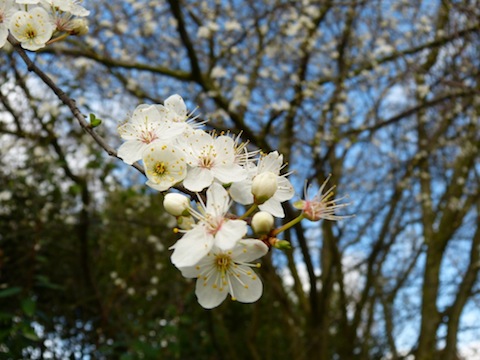
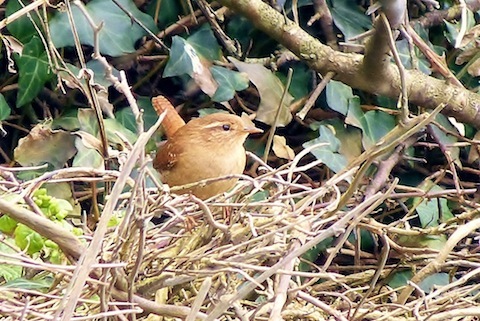
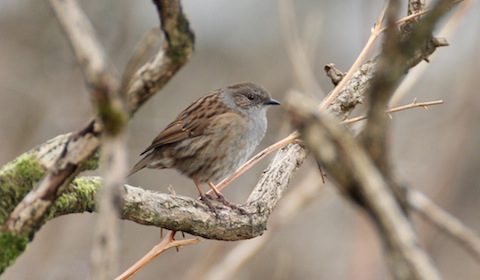
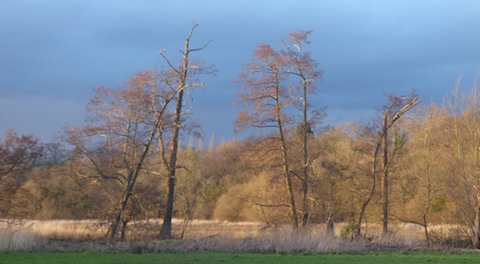
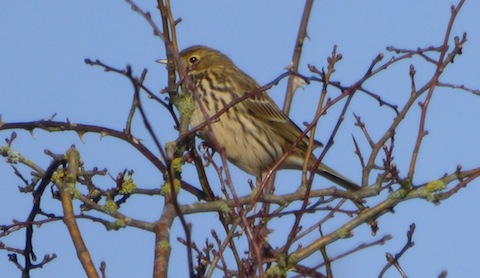
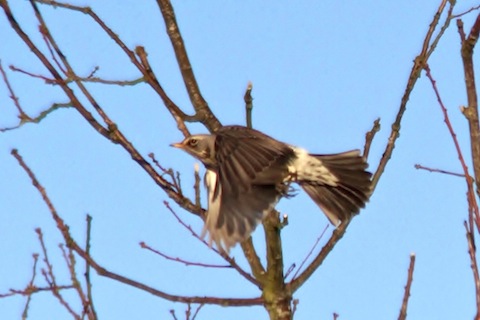
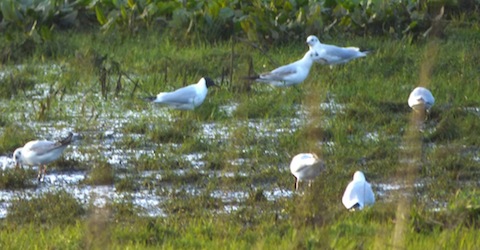
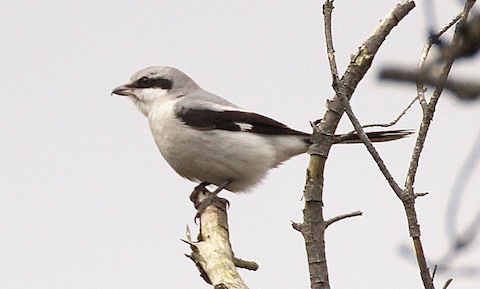
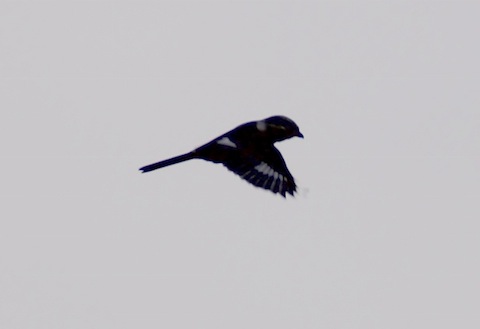
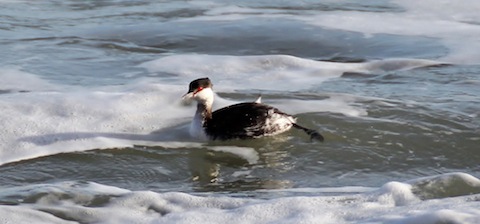
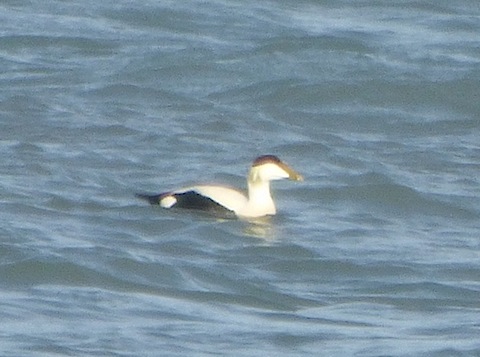
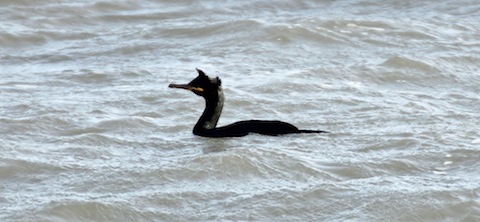
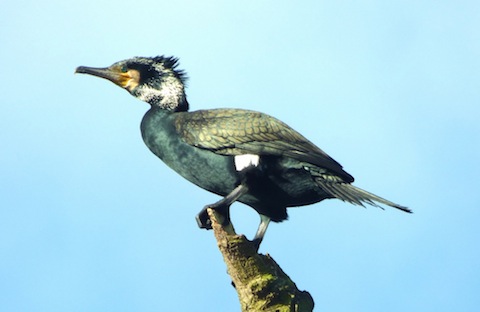
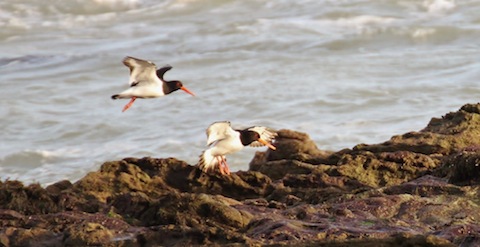
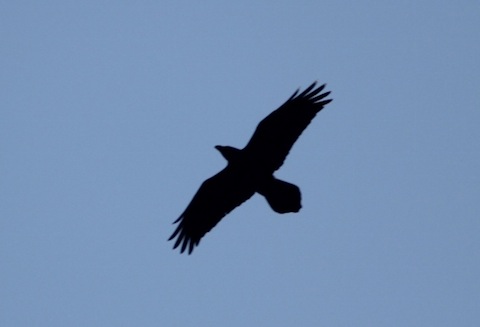
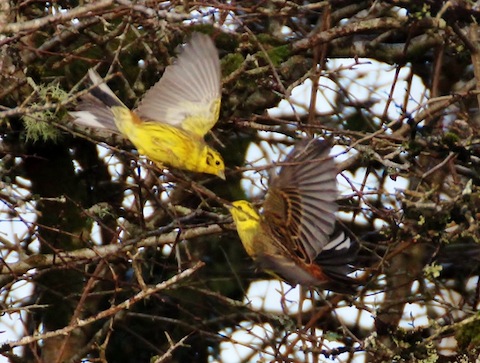
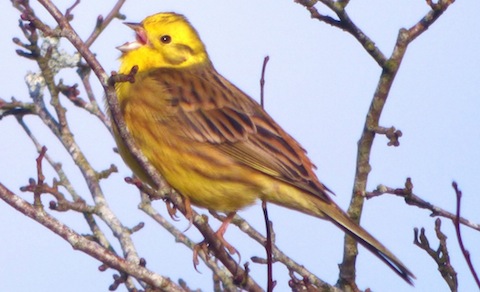






Kathy Whitley
May 10, 2014 at 1:35 pm
Malcolm,what beautiful photos. I especially liked the one of the Wren,
Keep up the good work, excellent.